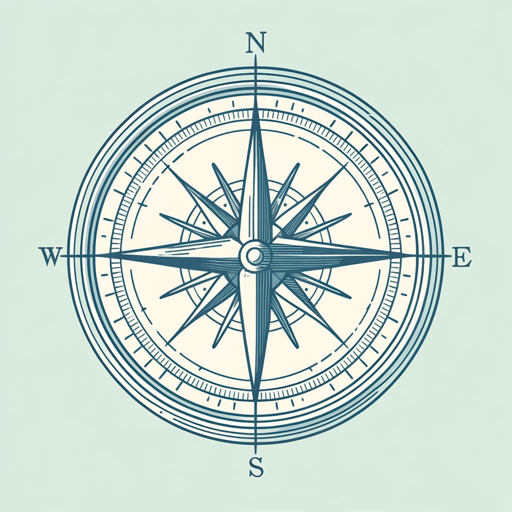58 pages • 1 hour read
Niall FergusonCivilization: The West and the Rest
Nonfiction | Book | Adult | Published in 2011A modern alternative to SparkNotes and CliffsNotes, SuperSummary offers high-quality Study Guides with detailed chapter summaries and analysis of major themes, characters, and more.
IntroductionChapter Summaries & Analyses
Introduction Summary: “Rasselas’ Question”
In his introduction, Ferguson aims to define “civilization” and set the parameters for this book. He examines the different ways in which this term had been defined by other scholars. For example, British art historian and television personality Kenneth Mackenzie Clark perceived civilization by focusing on its artistic production. His version of “Western civilization” was “firmly dismissive of Byzantine Ravenna” (1) In historian Carroll Quigley’s view, there were 12 civilizations in the past 2000 years. In contrast, the scholar Adda Bozeman believed that only China, India, Byzantium, Islam, and the West were worth discussing.
Ferguson’s definition is more inclusive; he believes that art and architecture are as important as plumbing. He contends, however, that civilizations usually focus on cities, as implied by the Latin origin of the term “civilization” (“civis”—”citizen” and “civitas”—”state” or “city-state”). He also seeks to examine civilization from a comparative perspective.
Ferguson then explores the definition of the “West.” For example, political scientist Samuel Huntington excluded all Orthodox Christian countries from his definition of the West in his civilizational theory. In Ferguson’s view, the West comprises a “set of norms, behaviours, and institutions” rather than simply geography (15).
Related Titles
By Niall Ferguson


